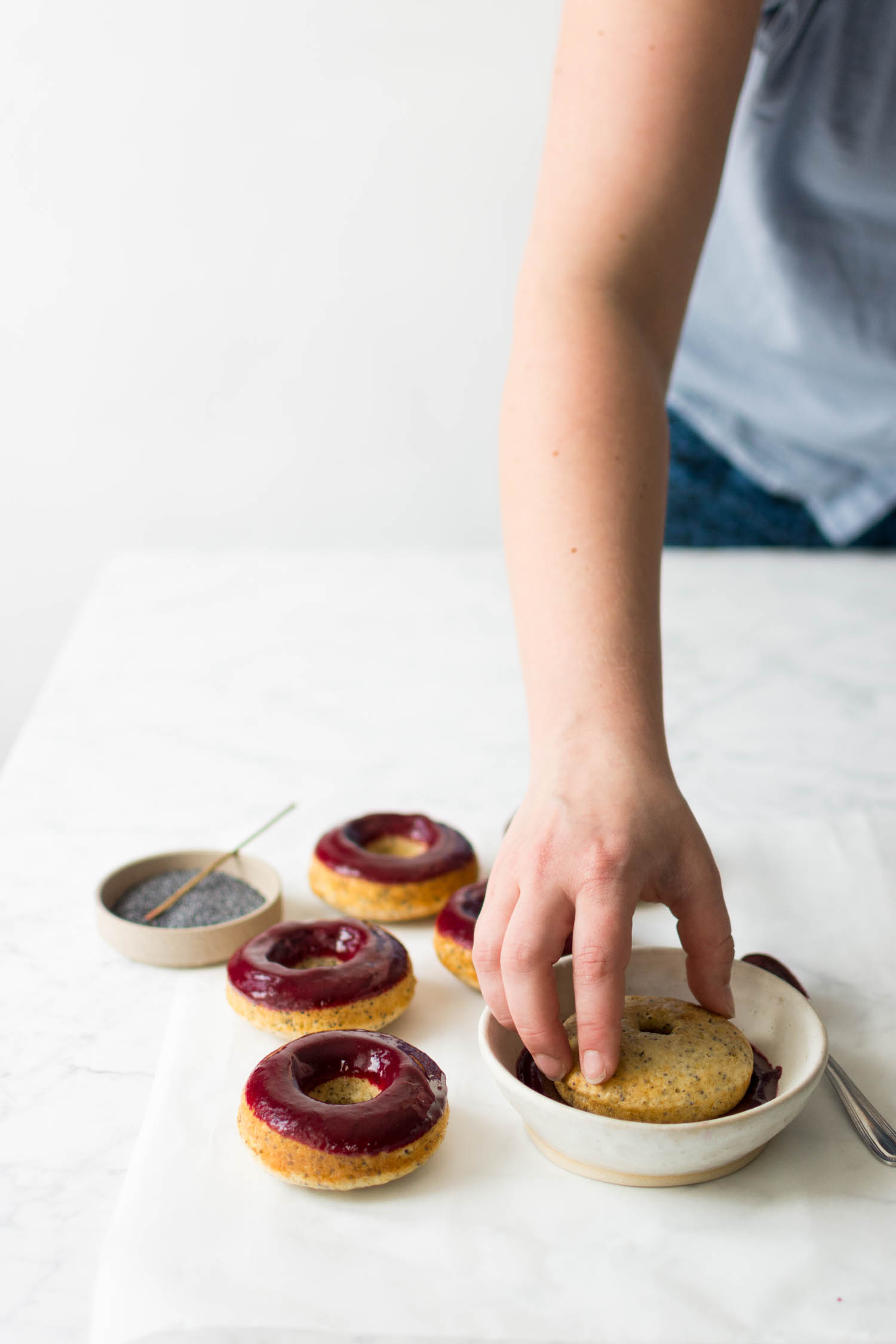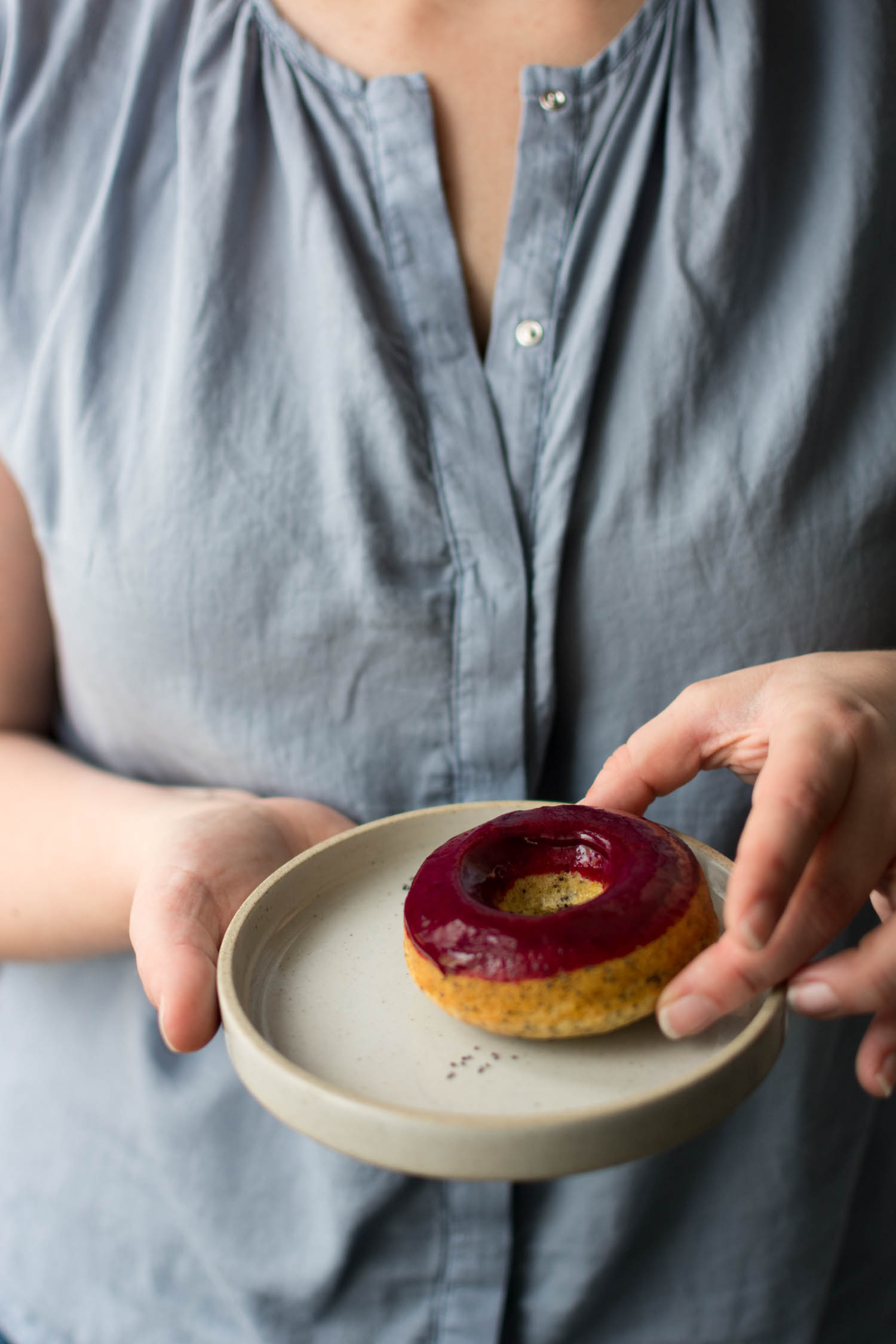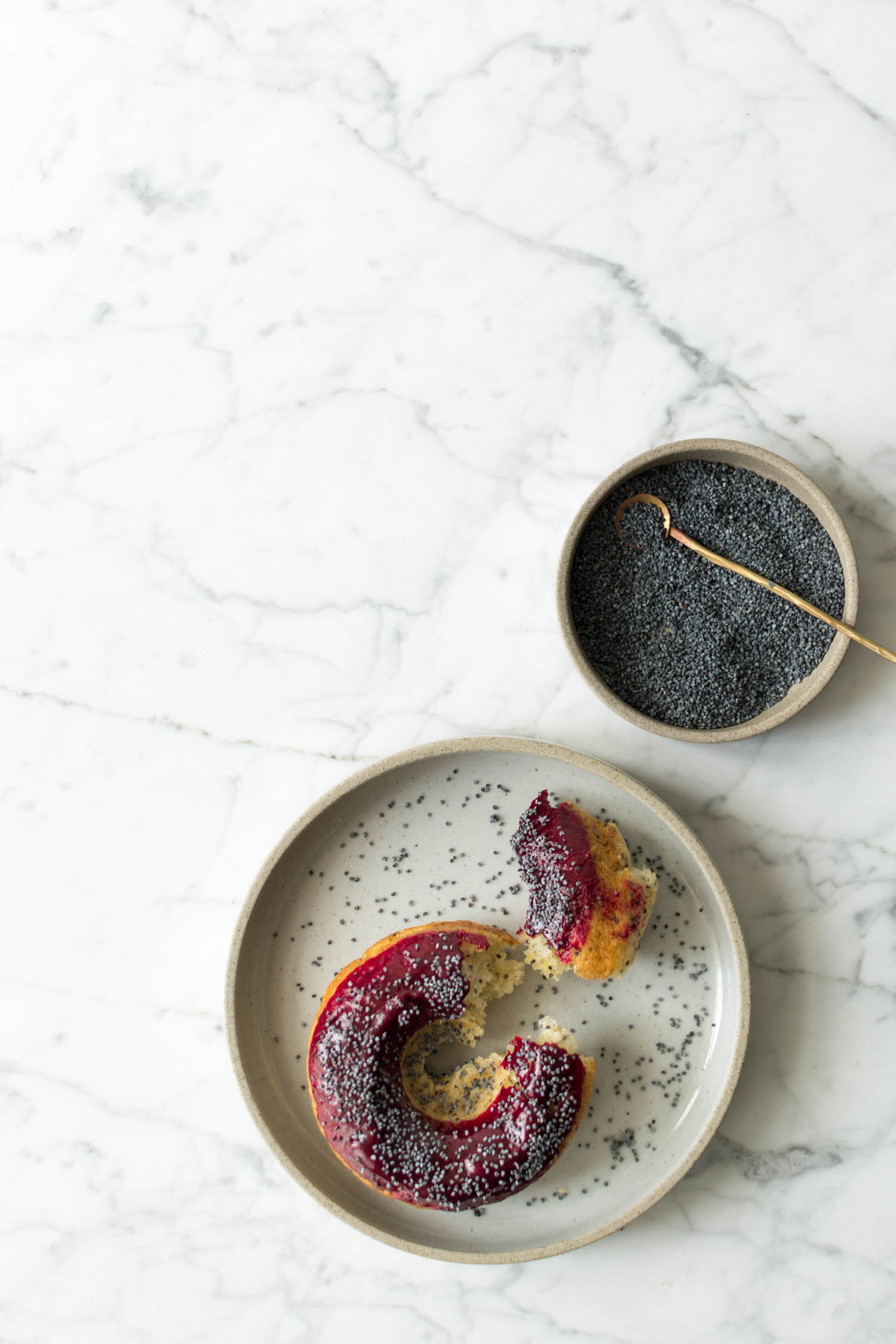I once set myself the goal of reading Marcel Proust's A la recherche du temps perdu. All two thousand four hundred and one pages of it. In French. It started as a seven year plan - one year for each chapter -, but seven years quickly turned into eight and now we're eleven years down the line and I still haven't gotten past page 200. I like to think that one day, when I'm old and tired and rocking away in a wicker chair in the garden, I will continue and finish and get to the depths of this book, but who knows?
Anyway, that's not the point. The point is that last week, once again, I was struck by the poignancy of that one well-known passage of Proust's - the one where he dips a madeleine into a cup of tea and it starts him off on the most elaborate of reminiscences. You could say that that passage exemplifies the entire premise of this blog, but somehow I seem to always forget, and the realization will hit me just as hard as the memories evoked by the flavor on my taste buds. This time around, it was blackcurrant.
I'd chosen to go with blackcurrant as the flavor for my (last ever!) baking class exam because I remembered just how much I'd loved it as a kid, but to be perfectly honest, I couldn't for the life of me remember what it tasted like. I knew the flavor profile, of course, but to actually conjure up the taste in my mouth? Impossible.
The moment I tried a spoonful of blackcurrant puree, though, it proved to be the most familiar, beautiful taste in the world. The taste of summer, of the warm afternoons when we'd run into the house after a busy day of play and fill our glasses with blackcurrant syrup and cold sparkling water. That taste.
And then it disappeared again. As the puree melted away on my tongue, so did that lively, familiar taste. I was right back where I started. Conscious of the memories connected to it, but incapable of sensing them. In search of something that I knew was there, but that was impossible to grasp. How was I to hold on to this familiar, yet oh so fleeting aroma?
notes
• These doughnuts are baked in the oven rather than fried, which means you'll need a doughnut pan. The recipe makes enough for a 6-cavity doughnut pan (+ a little extra), but it can easily be doubled to make 12. Be careful not to overfill the pan, as you will be left with doughnuts without a hole. Excess batter can be kept for a second batch or used to make cupcakes. The latter will need a little longer to bake - they are ready when a skewer inserted in the center comes out clean.
• I don't usually like glazed doughnuts, but since these are baked and thus less greasy than your regular doughnut, a nice sweet-tangy glaze really lifts them up. Because I had a lot left over from my exam, I used store-bought, frozen blackcurrant puree to make my glaze. If you can't find frozen puree (or just prefer fresh), you could just as easily make your own blackcurrant puree by blending fresh blackcurrants with a little bit of sugar and a drop of lemon juice or water. As always, I suggest swirling leftovers into ice cream or yogurt.
baked lemon poppy seed doughnuts w/ blackcurrant glaze
makes 6 doughnuts
for the doughnuts
65 g granulated sugar
zest of 1 lemon
125 g all-purpose flour
3/4 tsp baking powder
1/4 tsp baking soda
1/2 tsp salt
1 large egg
100 ml buttermilk
30 g melted butter, slightly cooled (+ extra for greasing the tin, optional)
20 ml lemon juice
1-2 tbsp poppy seeds
for the blackcurrant glaze
30 ml blackcurrant puree, room temperature
90 g powdered sugar
drop of lemon juice
how to
for the doughnuts
1. Preheat oven to 180°C (350°F). Grease a 6-cavity doughnut pan with melted butter or cooking spray.
2. In a small bowl, rub together sugar and lemon zest until fragrant. Over a large bowl, sift together flour, baking powder, baking soda and salt. Whisk in sugar mixture.
3. In a medium bowl or large measuring cup, whisk together egg, buttermilk, melted butter and lemon juice. Add wet ingredients, all at once, to dry ingredients and stir until just combined. Carefully stir in poppy seeds, but don't overmix. The batter will be runny.
4. Use a piping bag or large measuring cup to divide the batter into the doughnut pan, filling each cavity about 2/3 of the way. Bake for 10 to 12 minutes, until the doughnuts spring back when you touch them and a skewer or toothpick comes out clean. Let cool on a wire rack for about 5 minutes, remove doughnuts from the pan and let cool completely.
for the blackcurrant glaze
1. In a shallow bowl, whisk together blackcurrant puree, powdered sugar and lemon juice into a smooth, silky glaze thick enough to coat the back of a spoon. If the glaze is too runny, add a little extra sugar. If it's too thick, add some extra puree or lemon juice.
2. Dunk the top of each doughnut into the blackcurrant glaze and sprinkle with poppy seeds.








